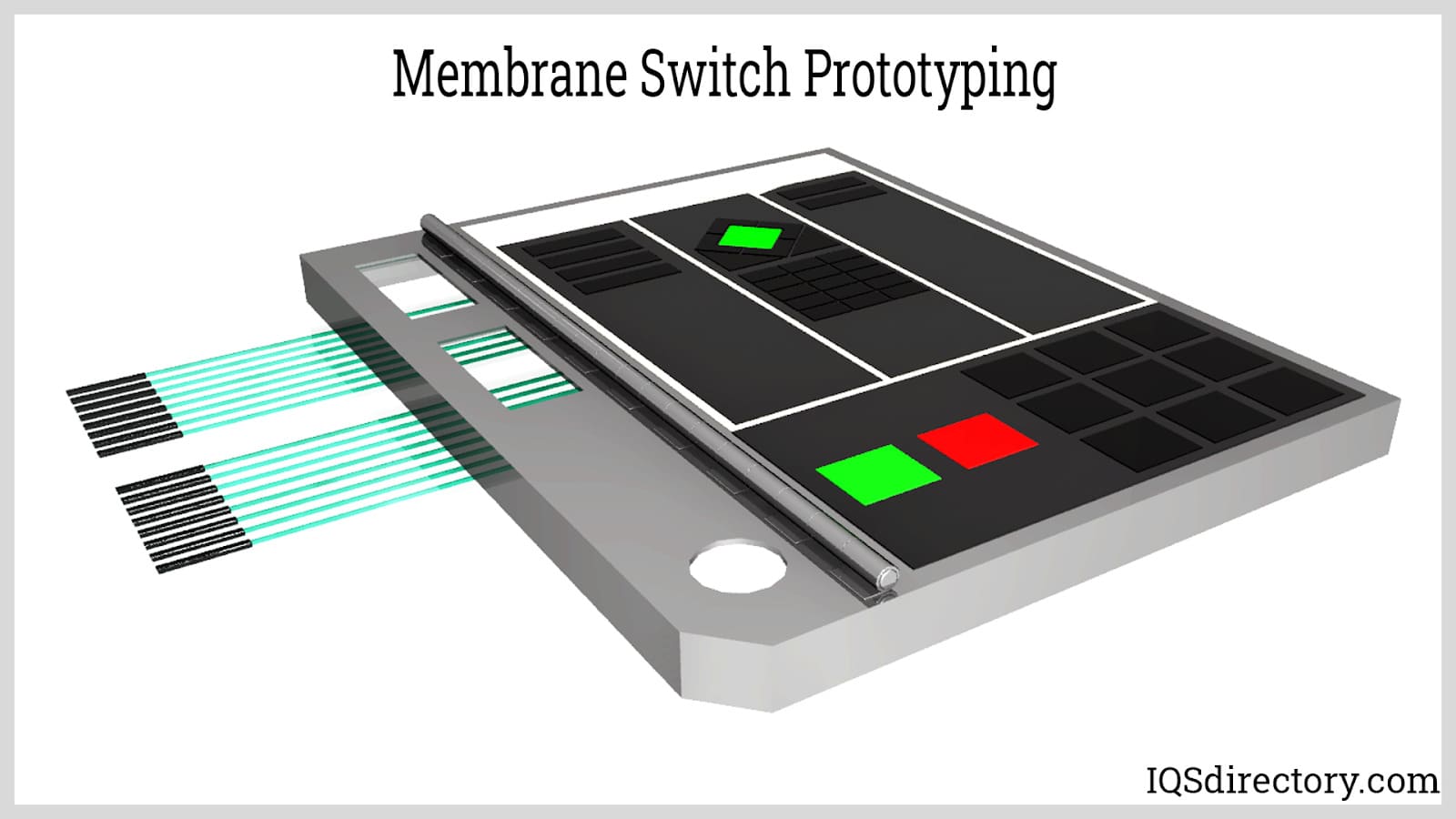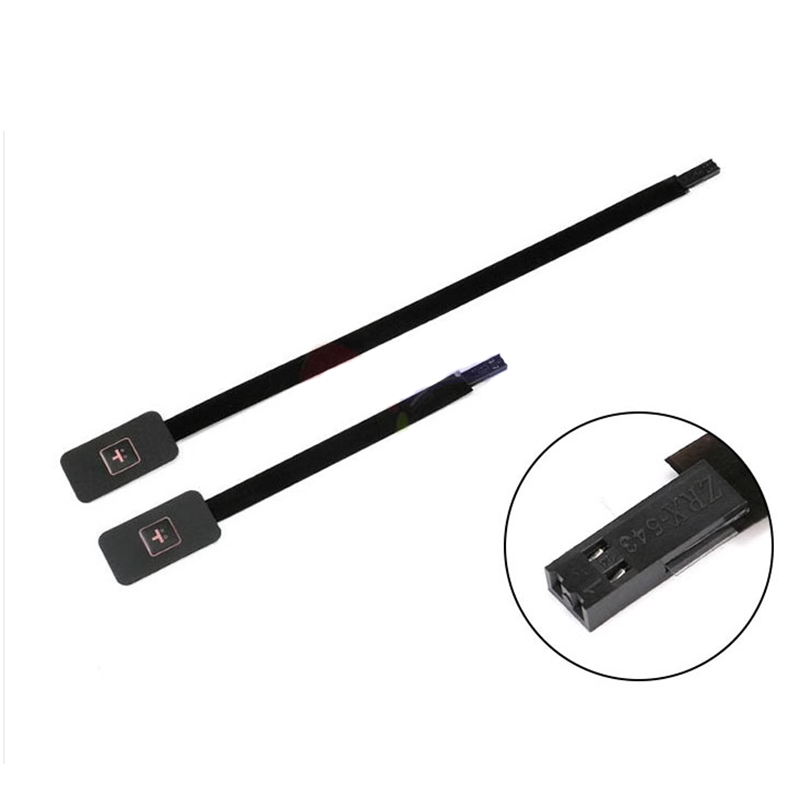The Role of Membrane Switches in Improving Product Durability and Reliability
The Role of Membrane Switches in Improving Product Durability and Reliability
Blog Article
Membrane Switch Over Innovation: The Trick to Trusted and Cost-efficient User Interfaces
Membrane layer switch modern technology has arised as a pivotal element in the layout of individual interfaces, giving both dependability and cost-effectiveness throughout a diverse variety of applications. As we explore the diverse advantages of membrane buttons, their possibility for advancement elevates inquiries concerning future applications and evolving fads.
Recognizing Membrane Switch Technology
Membrane layer switch technology is an extensively used interface option in numerous digital tools, offering a smooth blend of functionality and style. This technology integrates multiple layers of products, generally including a graphic overlay, spacer layer, and a circuit layer. The graphic overlay shows the interface elements, while the spacer layer divides the circuit layer from the overlay up until a customer triggers a switch.
When pressure is used to the overlay, the circuit layer finishes the electrical circuit, sending out a signal to the gadget. This system enables numerous setups, including responsive feedback and backlighting alternatives, improving individual interaction. Membrane layer switches are typically made using sturdy products such as polyester or polycarbonate, making certain durability and resistance to ecological factors like dampness and dust.
The convenience of membrane switches over allows their application in varied industries, consisting of clinical gadgets, customer electronics, and industrial controls. Their compact design enables for integration into space-constrained settings, offering a reliable user interface without endangering aesthetic appeal. Comprehending the intricacies of membrane button technology is crucial for manufacturers and developers seeking to develop reputable and reliable human-machine interfaces.
Trick Advantages of Membrane Buttons
While numerous interface services exist, membrane layer switches over offer unique benefits that make them a preferred choice in many applications. Among the key advantages is their toughness; membrane switches are created to withstand extreme ecological problems, including dampness, dirt, and temperature level fluctuations, guaranteeing resilient performance. This strength considerably minimizes the requirement for constant substitutes, therefore lowering general maintenance prices.

Furthermore, membrane switches are light-weight and portable, making them appropriate for applications where room is restricted. Their low-profile design contributes to a streamlined look without jeopardizing performance.
Cost-effectiveness is also a notable benefit, as the production process for membrane switches tends to be more economical compared to typical mechanical buttons. This cost, combined with their integrity and ease of setup, positions membrane layer switches as a practical option for a large variety of markets seeking reliable and efficient user interfaces.
Applications Throughout Various Industries
Just how do membrane buttons adapt to the varied needs of different industries? Membrane layer switch modern technology is significantly acknowledged for its convenience, making it appropriate for a large range of applications throughout several fields. In the medical area, membrane buttons are utilized in analysis tools and client surveillance gadgets, where their longevity and simplicity of cleansing are important for maintaining hygiene criteria. The automobile market uses these buttons in dashboards and control board, offering a structured aesthetic while making sure straightforward operation.
In consumer electronics, membrane layer switches supply a portable solution for remotes and home appliances, improving user experience through instinctive design. Additionally, the commercial industry leverages membrane layer switches for machinery control panels, gaining from their resistance to rough atmospheres, such as moisture and dust.
Military and aerospace applications also utilize membrane layer switches for their integrity and capacity to stand up to extreme conditions, guaranteeing operational performance in vital scenarios. Additionally, the food and beverage industry embraces these switches for automated systems, where hygiene and simplicity of procedure are extremely important. Eventually, membrane layer switches are tailored to fulfill the special needs of each sector, confirming navigate to these guys their vital function in modern-day innovation interfaces
Style and Customization Choices

In the realm of membrane button innovation, design and personalization choices play a pivotal role in boosting performance and individual communication. These switches can be tailored to meet certain functional needs and aesthetic preferences, making them versatile parts in numerous applications.
One of the key customization alternatives is the design of the switch itself, which can be developed to accommodate distinct interface and ergonomic considerations. By readjusting the form, size, and plan of switches, makers can produce user-friendly styles that facilitate simplicity of usage. Additionally, the unification of various learn this here now colors and graphic overlays enables branding and enhanced presence, making certain that customers can rapidly determine functions.
In addition, membrane layer switches can be engineered with different tactile feedback devices, such as increased buttons or distinct clicks, to boost the user experience. Different products can additionally be picked for durability and environmental resistance, resolving aspects such as wetness, temperature fluctuations, and chemical exposure.
Eventually, the extensive layout and customization options readily available in membrane layer switch innovation empower companies to produce customized options that not only fulfill practical needs yet likewise straighten with their branding and functional demands.

Future Trends in Membrane Layer Buttons
As membrane layer switch technology remains to evolve, future patterns are increasingly concentrated on improving user experience a knockout post and integrating innovative capabilities. One substantial pattern is the combination of touch-sensitive and capacitive technologies right into standard membrane switches. This development enables more intuitive user interfaces, providing tactile comments while preserving a sleek layout.
An additional emerging fad is using ecologically friendly products, driven by the expanding demand for lasting manufacturing practices. Makers are seeking to decrease their carbon footprint by making use of recyclable substrates and low-impact inks, lining up with international sustainability objectives.
In addition, the rise of the Web of Things (IoT) is prompting the consolidation of smart functions into membrane layer buttons. Boosted connectivity choices will certainly allow tools to connect with each various other, allowing for smooth assimilation into more comprehensive systems.
Furthermore, innovations in printing modern technologies, such as digital printing, are allowing for greater style versatility and customization. This enables producers to generate complex layouts and vibrant shades cost-effectively.

Verdict
In final thought, membrane layer switch modern technology stands for an important innovation in customer interface design, supplying considerable advantages in resilience, modification, and cost-effectiveness. As advancements proceed to arise, specifically in touch-sensitive interfaces and sustainable products, the potential for membrane layer changes to enhance customer experience and functionality stays encouraging.
Report this page